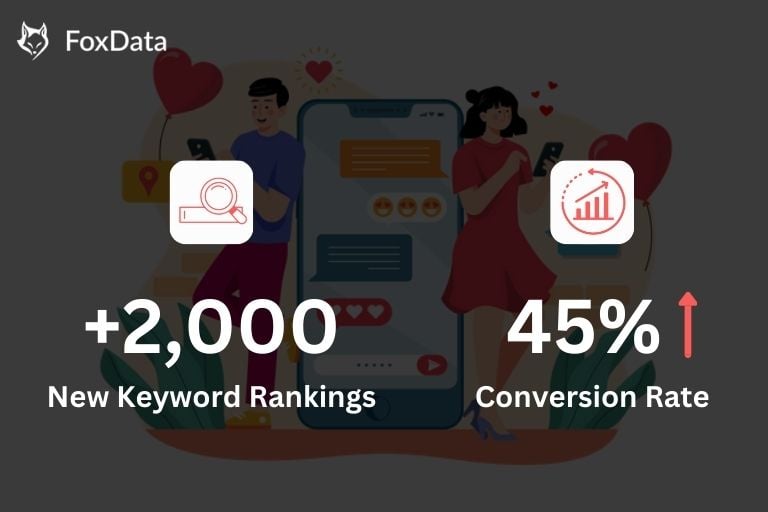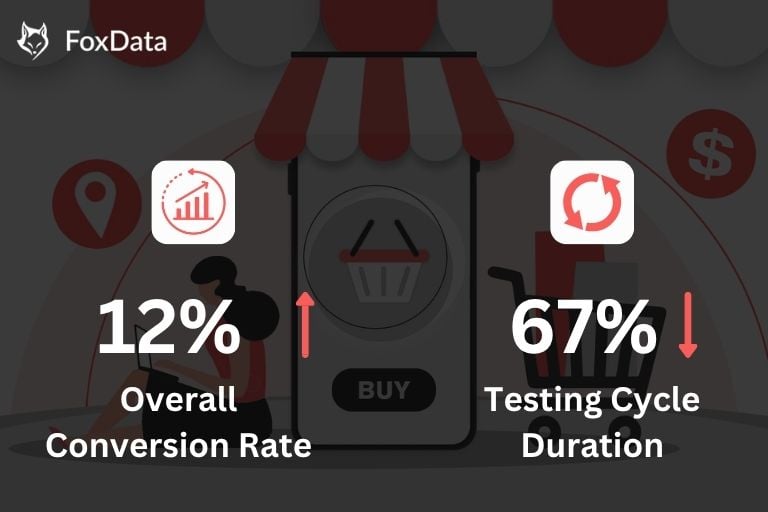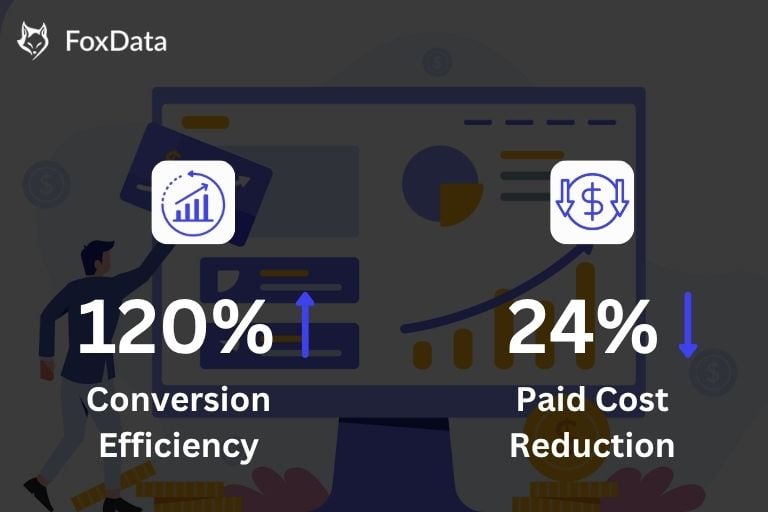How an Online Education App Achieved a 46% Increase in Installations Within a Month
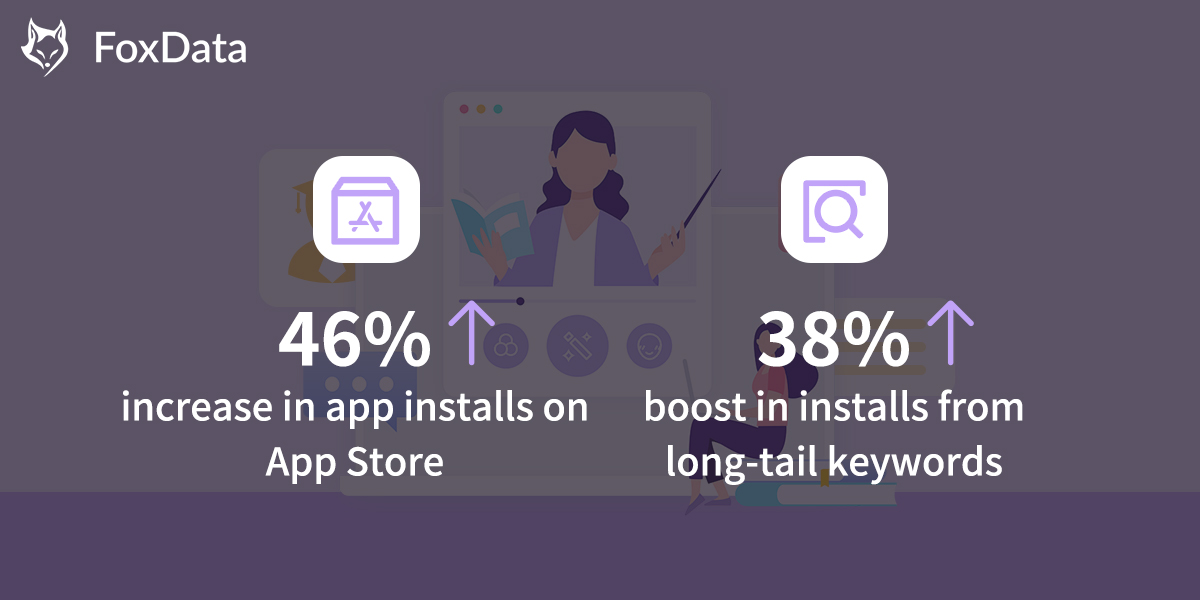
Introduction
Online education app, which leverages internet technology to deliver educational content, resources, and personalized tutoring, has seen a rapid growth trend in recent years. This surge is driven by advancements in artificial intelligence, machine learning, natural language processing technologies, mobile learning, and also influenced by the pandemic. However, this also means that competition within the online education industry is becoming increasingly fierce. To attract and retain users, these platforms are not only innovating and offering differentiated services but are also continuously seeking viable ways to enhance their discoverability. This ensures they maintain a competitive edge in the dynamic marketplace.
Our case study provides an in-depth look at how an online education app successfully achieved a 46% increase in downloads, as well as attracted potential students in the U.S. and Canada through our customized user acquisition strategy.
App Story
We are excited to share the story of our client, a vanguard in the online education community, whose platform is engineered to radically enhance the way students engage with education. This application stands out for its accessible and intuitive interface that delivers immediate, yet detailed, explanations to a broad spectrum of academic questions, thereby supporting a diverse range of students from elementary to advanced levels of education.
However, facing mounting competitive pressure, this educational app has gradually lost its influence within the industry, with its download numbers also in decline. Consequently, they approached us at FoxData seeking assistance with user acquisition strategies to boost their app store downloads in the American market.

Challenges
Our client's biggest challenge is the declining number of downloads in the American market. Additionally, we found that branded keywords predominate in the Education category. Meanwhile, pertinent non-branded keywords face intense competition.👏Expert Tips: The branded word usually refers to the name of the app. Generic keywords, non-branded keywords refer to keywords other than brand terms that can be searched for your app. Both brand and generic keywords are important in an ASO strategy. Brand keywords help maintain and strengthen brand presence, while generic keywords expand visibility and reach to users who may not be familiar with the brand. A balanced approach that includes both types of keywords can help maximize an app's discoverability and success in the app stores.
Solutions
Faced with these challenges, we proposed a comprehensive user acquisition strategy, including the following key aspects:
Keyword Strategy
Our analysis revealed that competing for high-frequency keywords was not viable for our client, given the evident sizable advertising budgets of their competitors. Acknowledging that the primary metric for app ranking is the total number of installs, irrespective of the acquisition channel, our app marketing specialists chose to concentrate on mid-frequency keywords for the app's user acquisition plan.👏Expert Tips: Our Experts utilize FoxData's Apple Search Ads Automation & Optimization Platform to plan the keywords. We scrutinize the app's and its competitors' rankings, keyword popularity, and impression share from the vast amount of data available, and then we discover the suitable mid-frequency keywords to incorporate them into our client's Apple Search Ads campaigns, as well as optimize our bid.

The following diagram shows the steps you can follow.
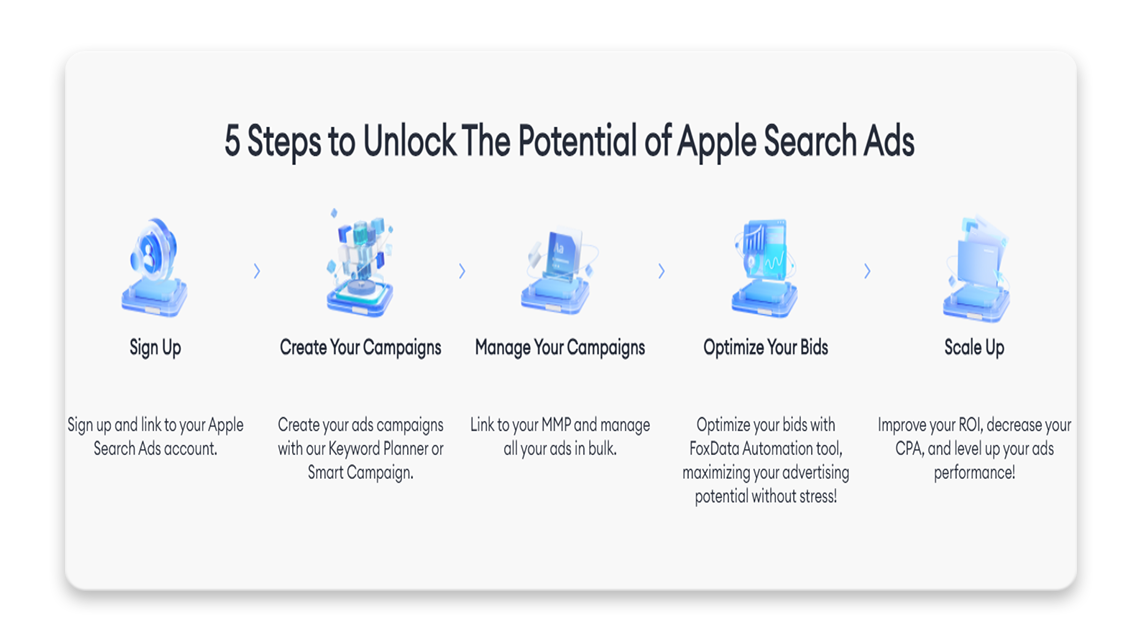
In addition to this, we realized that it was essential to synchronize app store optimization efforts with Apple Search Ads campaigns for branded keywords. The long-tail keywords in the generic keywords are also key to this strategy as far as mid-frequency terms are concerned.
Analyzing Current Markets
To identify the most opportune market for initiating the ASO (App Store Optimization) strategy, it was necessary to conduct an analysis across different locales and countries. The primary focus of this analysis was to index the keywords associated with the app's presence.Our conclusion pinpointed Canada as the most favorable country to begin our efforts in addition to America, the primary country of operation. Despite online education app's metadata not being fully optimized for the Cannda market, there was already a significant number of app installs originating from this locale. That's why our team made sure to develop an ASO strategy for the main countries USA and Canada, at the same time.
Process of Optimization
Upon reaching an agreement with the client regarding the target country, our team initiated the optimization process for the Canada and America market, which entailed several additional steps.
The first phase involved conducting research on competitors to gauge their strengths and weaknesses. We aimed to discern key facets of their strategies, including:
- Keyword rankings
- Metadata
- Traffic volume
- Average rating and reviews
Understanding where competitors concentrated their efforts enabled us to refine the app's user acquisition strategy more effectively.
Subsequently, we embarked on assemble the semantic core:
Initially, we examined all the keywords the app was already indexed for, identifying those with potential for improved rankings. Our specialists also incorporated into the tracking list keywords that held the highest relevance for the app. We then prioritized these keywords based on their popularity, difficulty, and the level of competition to select the most promising ones for optimization.
👏Expert Tips: According to our client's actual situation, our experts selected long-tail keywords mainly through FoxData's Smart Recommendation. Keyword phrases that contain multiple words are known as long-tail keywords. These phrases account for approximately 70% of all search traffic.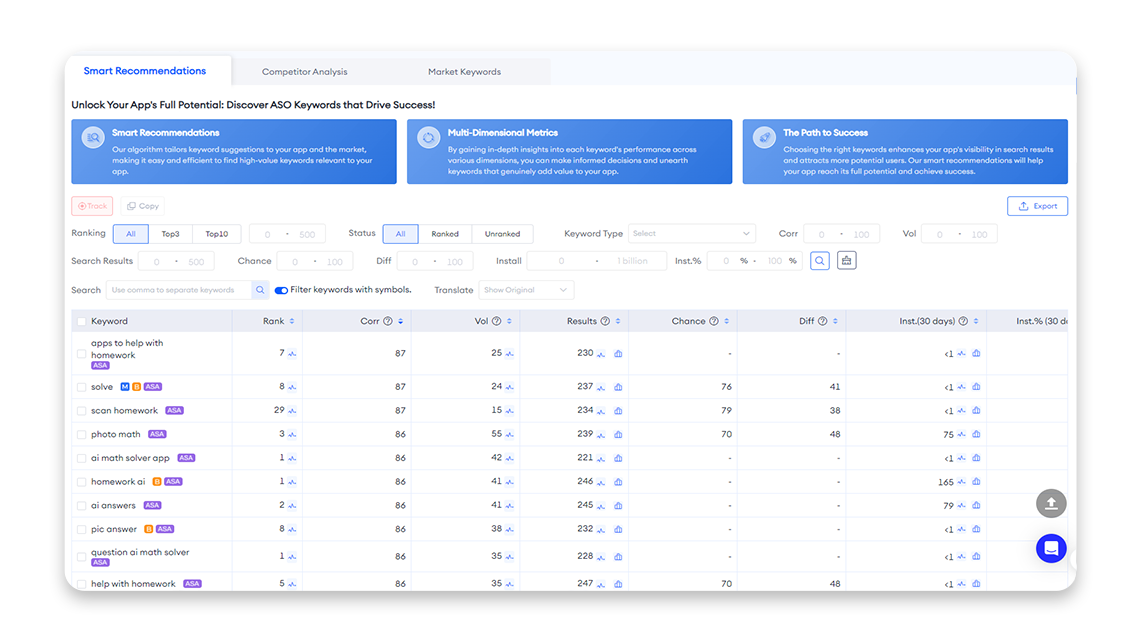
If you are still confused to build a semantic core, you can refer to this blog👉 Guide to Build a Semantic Core for Your App.
Having established the essential keywords, we proceeded to the next phase, which involved revising the text components of the app's metadata. We crafted new metadata versions for both the Apple App Store and Google Play Store, which were then uploaded and refreshed on the respective platforms. This initiated the process of the app's re-indexing by the stores' algorithms.
Results


Do you want to increase your app's user acquisition? FoxData tailors App Marketing to fit your unique goals! Now sign up and then experience the amazing features that help you build your own semantic core and ASO strategy!


